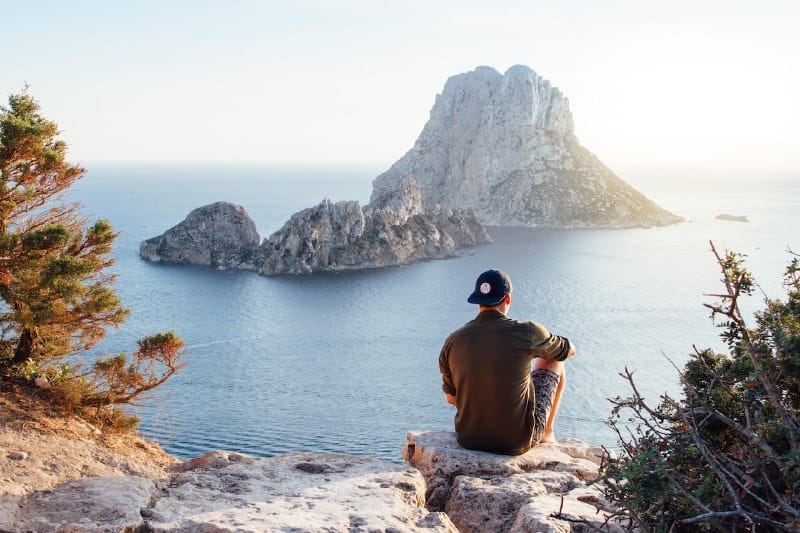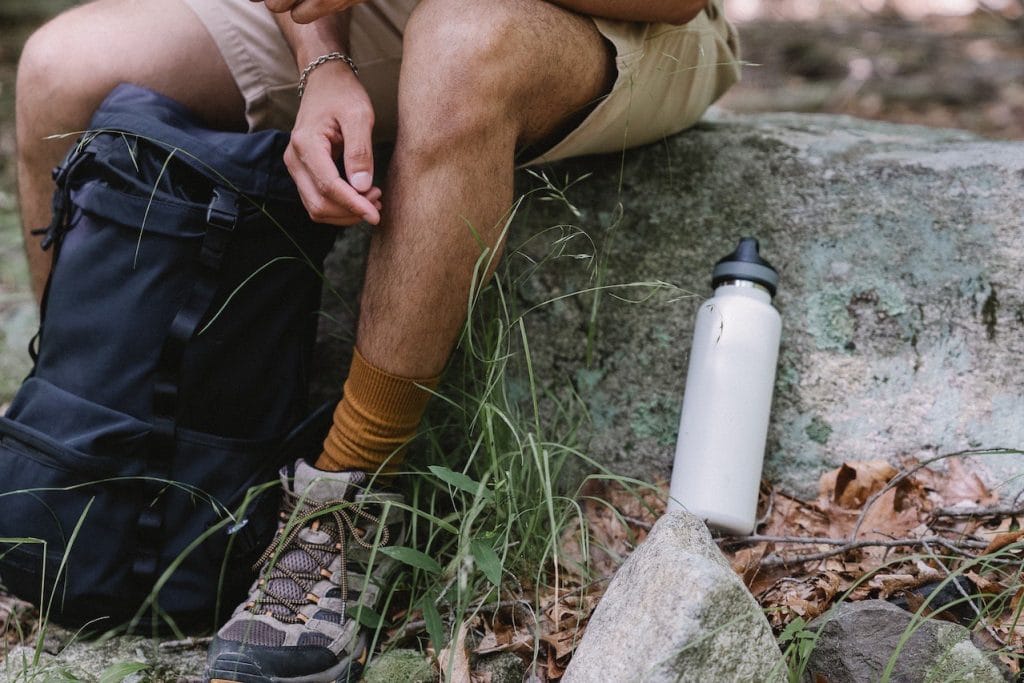Parents often scare their children (especially girls) with the fact that if you sit on cold stones, steps or ground, you can “catch a cold” in your kidneys, get cystitis or hemorrhoids. We decided to check if this is true.
Usually such information is passed on by word of mouth, from parents to children. But also in Internet on various forums and in social networks Can find a lot questions And discussions, why is it still harmful to sit in the cold and is this true? Even some people write about it Media. Moms at parenting forums They ask each other whether the child will get cystitis if he sits on the floor. It is interesting that information about cystitis and cold kidneys is very common in the CIS countries, while in the English-speaking segment of the Internet it is more popular opinionthat sitting on cold surfaces can cause haemorrhoids.
Kidneys in the human body located on both sides of the back and protected by the lower chest. If you sit or even lie on cold ground or stones, your kidneys are separated from this surface by several layers: skin, muscles, bones. Accordingly, in order for the cold to somehow affect this organ, their temperature must also decrease.
On average normal temperature our body - 36.6 ° C, although it may vary depending on the characteristics of the individual’s body, the method of measurement, age and some other factors. If the temperature drops below 35 °C, this is hypothermia (or hypothermia), in which case the kidneys can actually suffer, as well as other organs.

Hypothermia has pretty obvious symptoms: trembling, rapid heartbeat, decreased coordination - so you won’t be able to freeze unnoticeably so that your kidneys feel it. In addition, hypothermia usually occurs during prolonged exposure to extremely low temperatures, and not during short sitting on a cold surface. In addition, our body capable to cope with hypothermia to a certain extent: upon contact with cold air or surface, blood vessels constrict and blood rushes to the internal organs, warming them.
Let’s say you still managed to somehow “freeze” your kidneys without getting general hypothermia. In 1988, scientists conducted similar research on isolated rat kidneys. On average normal temperature the bodies of these animals are about 37.1 °C. Biologists studied the effect of both an increase (up to 41 °C) and a decrease (up to 30 °C) in the temperature of these organs on their functioning. It turned out that high temperatures are much more harmful to the kidneys, and when cooled, their functions and structure remained virtually unchanged.
What is popularly called cold kidneys or their inflammation is most often pyelonephritis or nephritis. The first develops due to bacteria that enter the urinary tract and then “rise” to the kidneys. The second has more possible causes - from heredity to HIV, but exposure to low temperatures is not among them.

WITH cystitis - inflammation of the bladder - everything is similar. Most often it occurs due to the same bacteria (it is from the bladder that they can then enter the kidneys and lead to pyelonephritis). Less common reasons - reaction to personal care products that cause allergies, chemotherapy, radiation therapy, damage after bladder surgery or the use of a catheter. And not a word about low temperatures, since, like the kidneys, the bladder is protected by several layers of tissue in our body and it is also quite difficult to “catch” it. By the way, women, due to the peculiarities of their anatomical structure, are actually more vulnerable for cystitis - perhaps this is why parents urge mostly girls not to sit in the cold.
They are often scared by the fact that the appendages can get cold. Pain in the pelvic organs in women can be caused by various reasons - from endometriosis (diseases, in which tissue similar to the lining of the uterus begins to grow in the ovaries or fallopian tubes) into tumors. So, if unpleasant sensations occur frequently, it is better not to attribute everything to sitting in the cold, but to consult a doctor. If we talk specifically about inflammation, then, as in previous cases, it most often happens caused by bacteria living in the vagina (or introduced there through sexual contact) that have entered the reproductive organs located above. Experts do not name exposure to low temperatures among the possible causes.
In scientific circles there is opinionthat exposure to low temperatures can reduce immunity, making the body more susceptible to infections and thus indirectly increasing the likelihood of cystitis or pyelonephritis, but this hypothesis has not yet been confirmed.

As for hemorrhoids, its relationship with sitting on stones or cold ground may seem more logical, because it actually appears on the surface of precisely that part of the body that, unlike the kidneys or appendages, is close to the source of cold when sitting. Haemorrhoids - These are varicose veins in the lower part of the rectum. The most common cause This disease causes frequent constipation and, as a result, severe muscle tension when pushing and prolonged sitting on the toilet. Also in risk group pregnant women, those whose work involves lifting weights, the elderly and some other groups of people.
German doctors in 2009 carried out study (beware, the link contains many naturalistic illustrations), during which the possible causes of the disease were studied. One of them was sitting in the cold. The researchers concluded that this factor has no effect on the development of hemorrhoids. We were unable to find evidence in other studies that cold may cause this disease. But doctors recommend Those suffering from hemorrhoids use ice compresses to relieve discomfort. It is unlikely that they would do this if the cold was the cause of the disease.
Thus, sitting on rocks or the ground is not at all as scary as our parents scared us. There are no reliable academic studies confirming that you can get a cold in your kidneys, bladder or appendages by sitting on cold surfaces - inflammation of all these organs is usually associated with infections. Some of these diseases may appear (or worsen if they are chronic) after sitting on a rock, but “after” in this case does not mean “because of.” Most likely, they would have manifested themselves anyway, but since we have been taught that sitting on cold surfaces leads to inflammation, we connect these two events. The situation is exactly the same with hemorrhoids - we could not find evidence that cold leads to the appearance of this disease. At the same time, doctors recommend applying ice to the site of inflammation to relieve discomfort.
Not true
Read on the topic:
- Is it true that sitting close to the TV is bad for your health?
- Is it true that eating at night is harmful?
- Is it true that reading while lying down is harmful to your eyesight?
- Is it true that in the winter and spring months it is necessary to prevent vitamin deficiency?
If you find a spelling or grammatical error, please let us know by highlighting the error text and clicking Ctrl+Enter.






